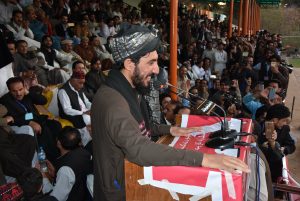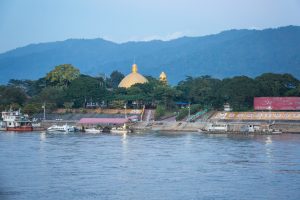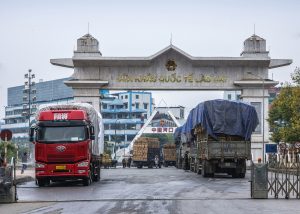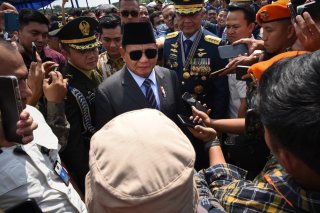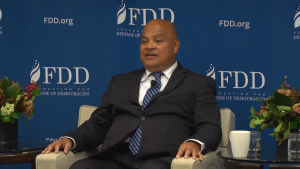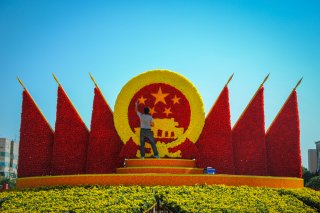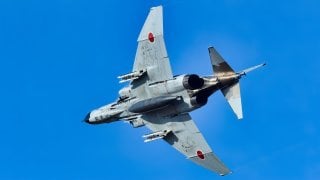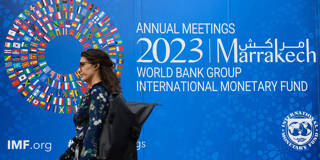Altaf Moti
AI is a broad term that refers to the ability of machines or software to perform tasks that normally require human intelligence such as perception, reasoning, learning, decision making and problem solving. AI has many applications and implications for modern warfare, both on and off the battlefield. Here, we will explore how AI helps Israel army select bombing targets in Gaza, and the implications and challenges of using AI in warfare.
The Gospel: Israel’s AI-based target creation system
According to the reports, Israel has been using an AI-based system called “the Gospel” to generate and prioritize targets for its airstrikes in Gaza. The Gospel is a platform that collects and analyzes data from various sources such as satellite imagery, drone footage, human intelligence and social media to identify potential targets that are linked to Hamas.
The Gospel then assigns a score to each target, based on its importance, urgency, and collateral damage risk, and sends the list to the IDF commanders for approval and execution. The IDF claims that the Gospel has significantly increased the speed and accuracy of its target creation process.
The implications and challenges of using AI in warfare
However, there are also concerns and criticisms about the use of AI in Israel’s bombing campaign. Some of the issues include:
– The lack of transparency and accountability of the Gospel and its algorithms. It is unclear how the Gospel collects, verifies, and processes the data, and how it determines the score and ranking of the targets. There is also no independent oversight or review of the Gospel’s decisions and actions .

